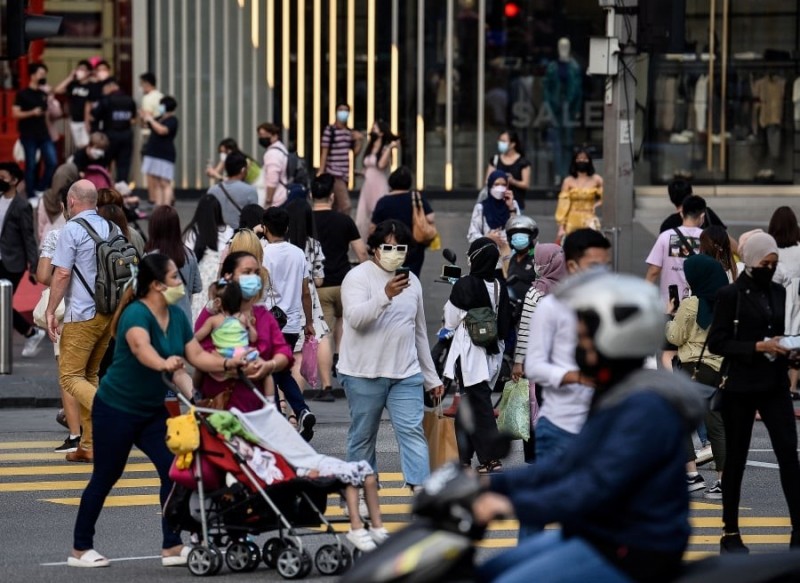
Image credit: NST
PUTRAJAYA, Aug 7 — The key socioeconomic indicators for some states improved in 2022, buoyed by a 248.1 per cent rise in domestic tourism expenditure reaching RM64.1 billion versus RM18.4 billion in 2021, according to the State Socioeconomic Report 2022 released by the Statistics Department Malaysia (DOSM).
Chief statistician Datuk Seri Mohd Uzir Mahidin said in a statement today that domestic visitor numbers spiked by 160.1 per cent, reaching a record of 171.6 million visitors against 2021’s 66 million.
“The resumption of Malaysia’s international borders and its transition to the endemic phase on April 1, 2022 profoundly impacted the country’s socioeconomic landscape,” he said, as reflected in Malaysia’s gross domestic product (GDP) which rose 8.7 per cent versus 3.3 per cent in 2021, marking its best performance since 2000.
Mohd Uzir said the reopening of all economic activities, particularly tourism-related industries, helped strengthen the country’s economy.
“The permission for interstate travel and the implementation of various government initiatives to revitalise the tourism industry, which was affected the past two years, helped promote domestic tourism,” he said.
He said Selangor received the most visitors with 22 million, followed by the Federal Territory of Kuala Lumpur and Sarawak each receiving 16.9 million and 15.5 million visitors, respectively.
Domestic tourists rose 337.1 per cent to 65.1 million against 14.9 million in 2021, with Pahang recording the highest growth at 511.8 per cent with 7.8 million arrivals from 1.3 million in 2021, elevating Pahang’s GDP growth in arts, entertainment and other private services to 96.7 per cent, Mohd Uzir said.
This substantially improved living standards with the median monthly household income rising to RM6,338 in 2022 from RM5,873 in 2019.
Kuala Lumpur recorded the highest median income growth at RM10,234, followed by Putrajaya at RM10,056, and Selangor at RM9,983, he said.
The increase in income also influenced household expenditure patterns with Malaysian households spending RM5,150 per month in 2022 on average versus RM4,609 in 2021.
Putrajaya registered the highest average monthly household expenditure at RM8,897.
Other states that recorded household expenditures which exceeded the national average were Kuala Lumpur at RM7,823, Selangor at RM6,770, Melaka (RM5,707), Johor (RM5,342) and Penang (RM5,322), he said.
Mohd Uzir Mahidin said the surge in household income boosted consumer purchasing power which in turn increased the demand for goods and services.
“This was one of the factors which contributed to the increase in consumer prices. This was apparent as Malaysia’s inflation rose to 3.3 per cent compared to 2.5 per cent in 2021,” he said.
This was driven by an increase in the expenses related to the food and beverage group at 5.8 per cent; restaurants and hotels at five per cent; transportation at 4.7 per cent and household furnishings, equipment and maintenance at 3.5 per cent.
Three states that experienced inflation rates that exceeded 3.3 per cent were Putrajaya, at 7.3 per cent, which was the highest, followed by Selangor at 4.2 per cent, and Johor at 3.4 per cent
On the other hand, Labuan’s 2022 inflation rate, at 2.4 per cent, was the lowest and lower than the 3.3 per cent national average.
Mohd Uzir said the government’s various proactive measures accelerated the economic transition from recovery to consolidation.
“Economic recovery is not only translated through stronger economic growth. It is also reflected in an improvement in the community’s standard of living and social well-being,” he said.
Source: https://www.malaymail.com/news/malaysia/2023/08/07/stats-dept-border-reopening-transition-to-endemic-phase-helped-malaysias-economy-turn-the-corner-in-2022/84029

